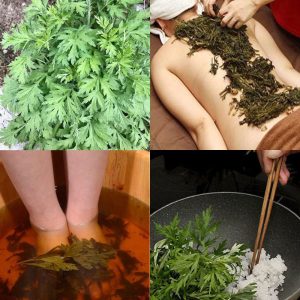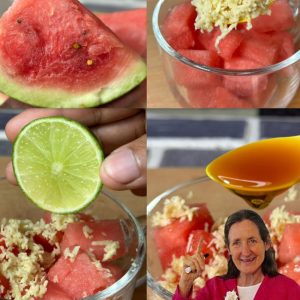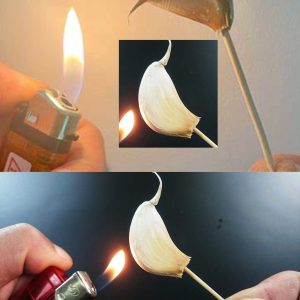Purslane, often considered a weed, is actually one of the most nutritious and medicinal plants you can find in your garden. This hardy plant is packed with essential nutrients, antioxidants, and powerful health benefits that make it deserving of a spot in your kitchen rather than the compost pile. If you’ve been pulling it out of your garden, it’s time to reconsider. Here’s why purslane is known as the plant that “cures everything.”
Why Purslane is So Powerful:
- Rich in Omega-3 Fatty Acids:
- Purslane is one of the best plant-based sources of omega-3 fatty acids, specifically alpha-linolenic acid (ALA). Omega-3s are essential for heart health, reducing inflammation, and improving brain function.
- Loaded with Antioxidants:
- This powerhouse plant is rich in vitamins A, C, and E, as well as glutathione and beta-carotene, which help fight oxidative stress, protect cells, and boost overall health. These antioxidants can help reduce the risk of chronic diseases like heart disease and cancer.
- Supports Heart Health:
- The omega-3s in purslane, along with magnesium, potassium, and calcium, support heart health by lowering blood pressure, reducing cholesterol, and improving circulation.
- Anti-Inflammatory Properties:
- Purslane’s rich nutrient profile makes it a natural anti-inflammatory. It’s great for reducing inflammation in the body, making it beneficial for conditions like arthritis, asthma, and skin issues.
- Excellent Source of Fiber:
- Purslane is high in dietary fiber, which supports digestive health, helps regulate blood sugar, and promotes feelings of fullness, aiding in weight management.
- Improves Eye Health:
- Thanks to its high levels of vitamin A and beta-carotene, purslane promotes good vision and protects against age-related macular degeneration and other eye disorders.
- Supports Bone Health:
- Purslane contains calcium, magnesium, and potassium, which are essential for strong, healthy bones. Regular consumption of purslane can help prevent osteoporosis and maintain bone density.
How to Identify Purslane:
- Leaves: Purslane has small, smooth, oval-shaped leaves that are thick and succulent-like.
- Stems: Its stems are reddish and tend to grow low to the ground, forming a spreading mat.
- Flowers: Purslane produces tiny yellow flowers that bloom during the day.
- Flavor: Purslane has a slightly tart and lemony taste, which makes it a great addition to salads, soups, and other dishes.
How to Use Purslane:
- Salads:
- Add fresh purslane leaves to salads for a refreshing, tangy flavor. It pairs well with cucumbers, tomatoes, and olive oil.
- Smoothies:
- Blend purslane leaves into smoothies to boost your intake of omega-3s and antioxidants.
- Stir-Fries:
- Sauté purslane in olive oil with garlic and onions for a delicious, nutritious side dish.
- Soups and Stews:
- Add purslane to soups and stews for extra fiber and nutrition. Its slightly sour taste adds a unique flavor to your dishes.
- Juices:
- Juice fresh purslane leaves with other vegetables to create a nutrient-packed green juice.
Health Benefits of Eating Purslane:
- Improves Heart Health: The omega-3 fatty acids and antioxidants in purslane support cardiovascular health by reducing inflammation, improving circulation, and lowering cholesterol levels.
- Enhances Immune Function: Purslane’s rich content of vitamin C and antioxidants strengthens the immune system, helping your body fight off infections.
- Promotes Skin Health: The anti-inflammatory and antioxidant properties of purslane can help soothe skin conditions like eczema, psoriasis, and acne. It also helps protect against UV damage.
- Aids in Weight Management: Purslane is low in calories and high in fiber, making it a great addition to a weight loss or maintenance plan. It helps keep you feeling full while providing essential nutrients.
- Controls Blood Sugar Levels: Purslane is beneficial for people with diabetes as it helps regulate blood sugar levels and improves insulin sensitivity.
Conclusion:
Purslane is often mistakenly removed from gardens, but it’s actually one of the healthiest plants you can eat. Its impressive nutrient profile and wide range of health benefits, from improving heart health to boosting immunity and supporting skin health, make it a valuable addition to any diet. Next time you see purslane in your garden, don’t pull it out—instead, harvest it and enjoy its remarkable health benefits!





